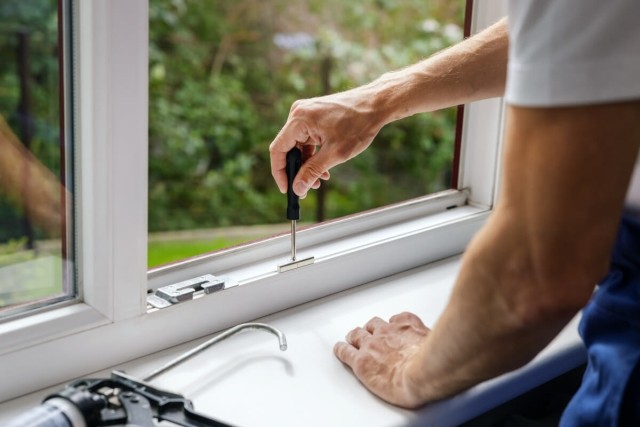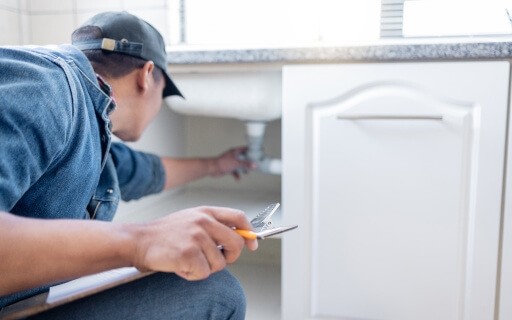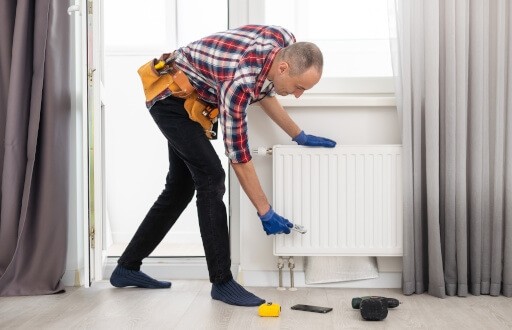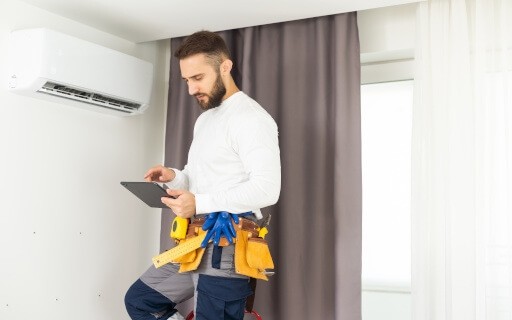To ensure a smooth leasing experience, trust is vital when leasing out your property. As a landlord, you rely on your tenants to treat your property with care and respect. Likewise, tenants depend on you to promptly address any maintenance or security concerns they may have. However, occasional reminders may be necessary to remind tenants of their responsibilities and to avoid any deductions from their security deposits. Similarly, as a landlord, you may also need reminders to address issues that may affect your tenant's leasing experience. This is where inspections play a crucial role.
What are Rental Property Inspections, and Why are They Important?
Rental property inspections are assessments landlords conduct on properties they lease out. On average, rental property inspections can take between thirty minutes and an hour, depending on the size and condition of the rental unit. Landlords perform these inspections during critical points throughout the lease contract. Most times, tenants are also present during the process. Inspections are crucial for landlords to perform routine maintenance and ensure all appliances and fixtures work correctly. Landlords can also check the unit for damage exceeding normal wear and tear and ensure tenants adhere to all policies—such as a no-pet policy. During the average inspection, landlords check for:
- Unapproved renovations
- Unapproved tenants
- Unapproved pets
- Rips, tears, holes, marks, or stains on the flooring or the walls
- Broken appliances, such as the HVAC system or kitchen, bathroom, or light fixtures
- Cracked or broken windows or blinds
- Excessive trash
Once the inspection concludes, landlords can use the results to repair elements around the unit. If the tenant-incurred damage to the unit exceeds normal wear and tear, landlords can calculate and deduct the repair cost from the tenant’s security deposit.
The Six Types of Inspections for Rental Properties
There are six types of inspections a landlord can conduct with a tenant:
- Move-in inspections
- Quarterly inspections
- Routine inspections
- Drive-by inspections
- Move-out inspections
- Change in ownership inspections
These inspections all serve to check the condition of the rental property, ensure tenants are following all property rules, and assess, calculate, and repair any deductible damage. While each inspection serves a similar purpose, they all differ in how a landlord conducts them. Discovering what each inspection is, why they’re necessary, and how they differ from each other is the first step to learning how they can help you manage your property.
Move-in inspections
Move-in inspections typically occur on the first day of a new tenant’s lease, right before the tenant moves in. During a move-in inspection, tenants and landlords survey the property for pre-existing damage. Whether it's damage needing repair or appliances requiring updates, new tenants can note all issues in the apartment that existed before their arrival. After the tenant concludes their inspection, landlords can double-check the tenant’s accuracy by inspecting the unit and documenting their findings.
Landlords use move-in inspections to assess for damage during the move-out inspection. They achieve this by comparing the move-in against the move-out inspections. If a tenant creates more damage than found at the onset of their lease, the landlord can deduct the repair cost from their security deposit, as long as it is damage and not due to normal wear and tear. However, if a tenant does not incur additional damage throughout their lease term, landlords cannot deduct any damage fees from their security deposit.
Quarterly inspections
Quarterly inspections occur every three months throughout a tenant’s 12-month lease term. These inspections specifically cater towards preparing a rental unit for transitioning seasons. For example, a landlord may conduct a quarterly assessment between fall and winter to winterize the property’s pipes. Likewise, a landlord may conduct a quarterly inspection between spring and summer to ensure the property’s air conditioning unit functions correctly. During quarterly inspections, landlords visibly inspect apartment appliances and equipment to ensure it is operative and free of physical damage. While these inspections aren't damage-related, they allow landlords to assess the seasonal needs of their property and note areas for maintenance or repair.
Routine inspections
Routine inspections occur habitually throughout a tenant’s lease term. Landlords can decide how often they’ll perform these inspections, but it is unlawful for landlords to inspect the tenant’s unit excessively. They must also provide ample notice of the inspection before they arrive. With this in mind, landlords can schedule regular inspections to check if tenants keep the property in good condition. During these assessments, landlords also check for lease violations—such as unregistered tenants or restricted pets.
Drive-by Inspections
When landlords don’t want to coordinate inspection times with tenants or impede their privacy, they can perform drive-by inspections. Landlords can drive by their rental property to see if everything appears in good condition from the outside. If everything looks normal, they conclude the examination. If something seems out of order, they can investigate further later or send their tenant a written notice to remedy the issue. As a landlord, you do not have to notify your tenants of upcoming drive-by inspections. However, like routine inspections, drive-by inspections cannot impede your tenant’s right to quiet enjoyment. Therefore, do not perform them habitually.
Move-Out inspections
When your tenant’s lease term ends, it’s time to conduct a move-out inspection. Move-out inspections occur on the last day of your tenant’s lease or shortly after. During the inspection, landlords look for damage beyond normal wear and tear. This damage could include unauthorized renovations, burns, marks, or tears in the flooring, holes in the walls, broken appliances or fixtures, or excessive trash. The move-out inspection is also a landlord’s opportunity to note areas requiring routine maintenance. Landlords should check the unit’s HVAC, electrical, and plumbing systems. Lastly, landlords should check for signs of mold, mildew, rodents, or pests.
After conducting the inspection, landlords should cross-reference their findings with the tenant’s move-in inspection results. If there are damage discrepancies between the move-in and move-out inspections, landlords can calculate the cost to repair the damage and subtract it from the tenant’s security deposit.
Change in ownership inspections
When a landlord buys or sells a tenant-occupied rental property, they may elect to host a change of ownership inspection. This inspection allows new property owners to introduce themselves to current tenants, survey the property, and note any repairs needed across rental units. During this inspection, new property owners can answer any questions, arrange for maintenance, and verify the details of the current tenants’ lease agreements.
Communicate with Your Tenant Through Apartments.com
Although each inspection differs, they share three possible results:
- If a landlord finds violations of the lease agreement, such as restricted pets or unapproved tenants, the landlord can legally end the lease by sending a lease termination letter.
- If a landlord finds tenant-incurred damage to the property, they can calculate the cost to repair these issues and deduct it from their tenant’s security deposit. If the damage is acute, landlords can file for eviction by first sending an unconditional quit notice.
- If a landlord or tenant finds areas that need repair, landlords can enact a plan to fix them promptly.
Regardless of the outcome, Apartments.com is here to help you set expectations for a seamless inspection process from the beginning. The first step to ensuring your home stays in excellent condition is electing a tenant who will take care of it. Apartments.com makes it easy to screen tenants, get the information you need, and find a qualified renter fast. Unlike our competitors, who use various third-party resources to collect information, we partner with TransUnion to provide you with screening reports for evictions, credit, and criminal history. Another feature you’ll find only on Apartments.com is support for co-signers, guarantors, and co-applicants. If you need more information to make a decision, you can request supporting documents from potential tenants directly on our platform. Get all the information you need to find the right tenant quickly and easily.
Frequently Asked Questions
Can a landlord let themselves in for an inspection?
Landlords cannot let themselves in for an inspection. All leases give tenants the right to quiet enjoyment. This is the right of a tenant to enjoy the property without interference from a landlord. Thus, you must notify your tenant beforehand if you want to conduct an inspection.
Can a tenant refuse an inspection?
Tenants cannot refuse inspection. However, they can request to reschedule an inspection’s date or time to better align with their schedule.
Can a landlord take pictures during an inspection?
Yes, landlords can take pictures during an inspection. However, photos should only show areas of damage. Landlords should not take pictures of tenants’ personal belongings. If you plan to photograph during your inspection, notify your tenant beforehand.











